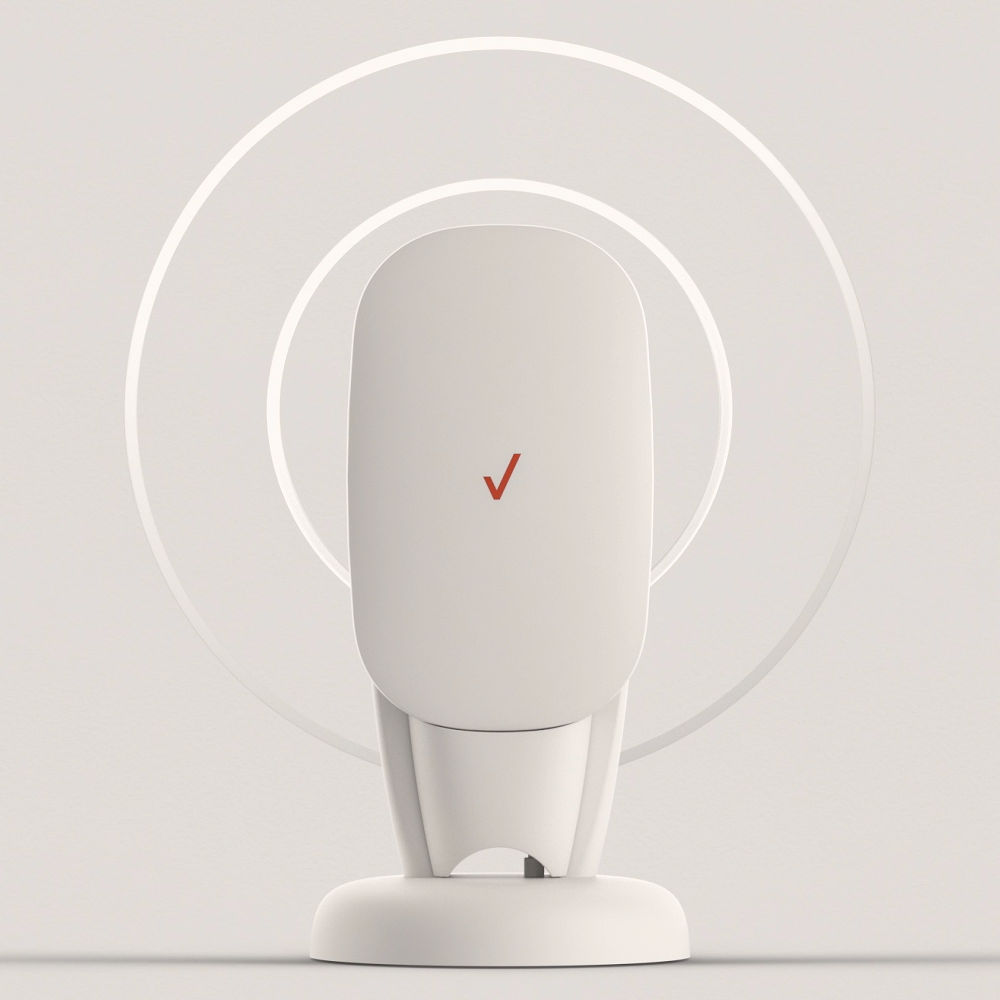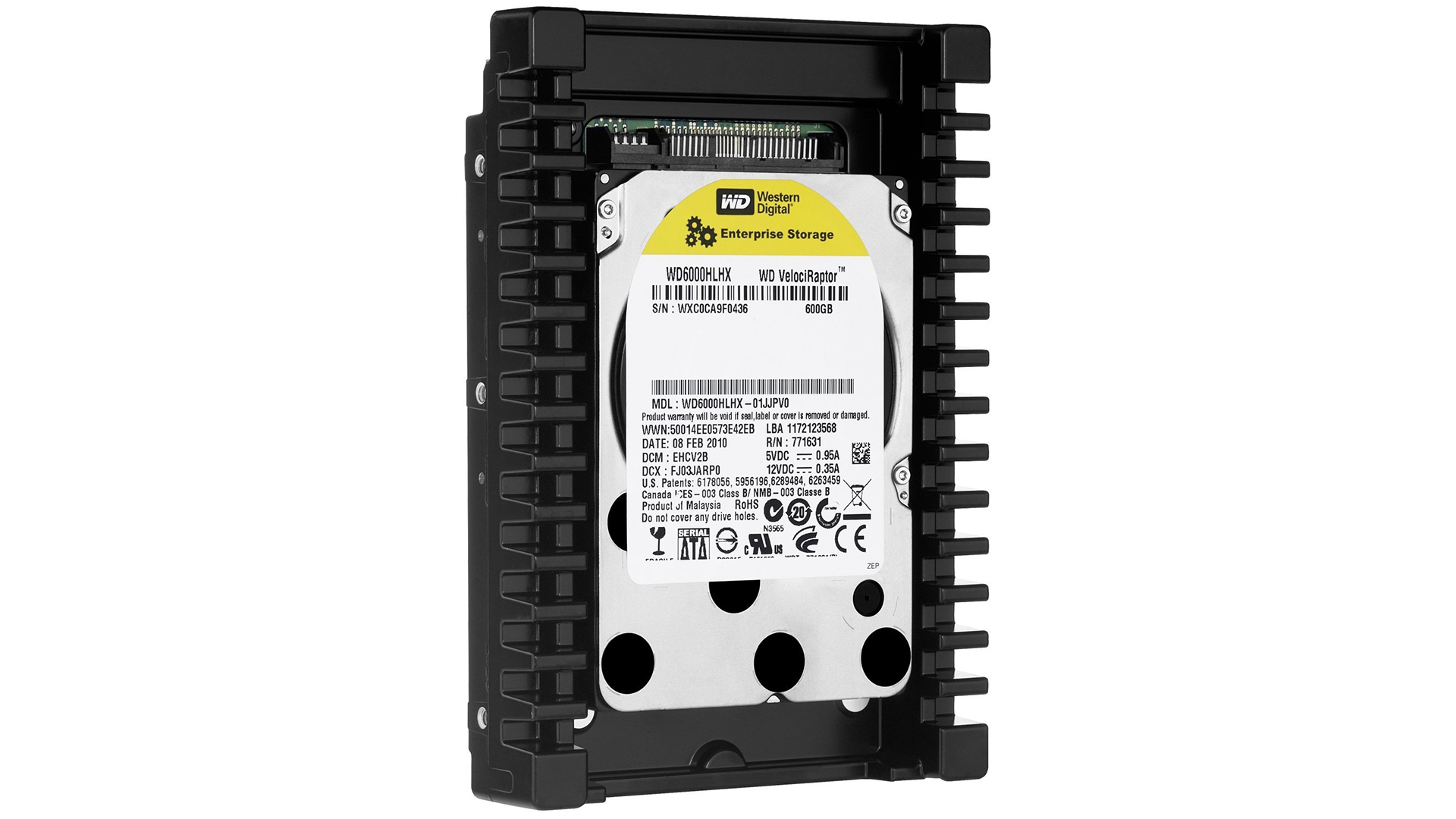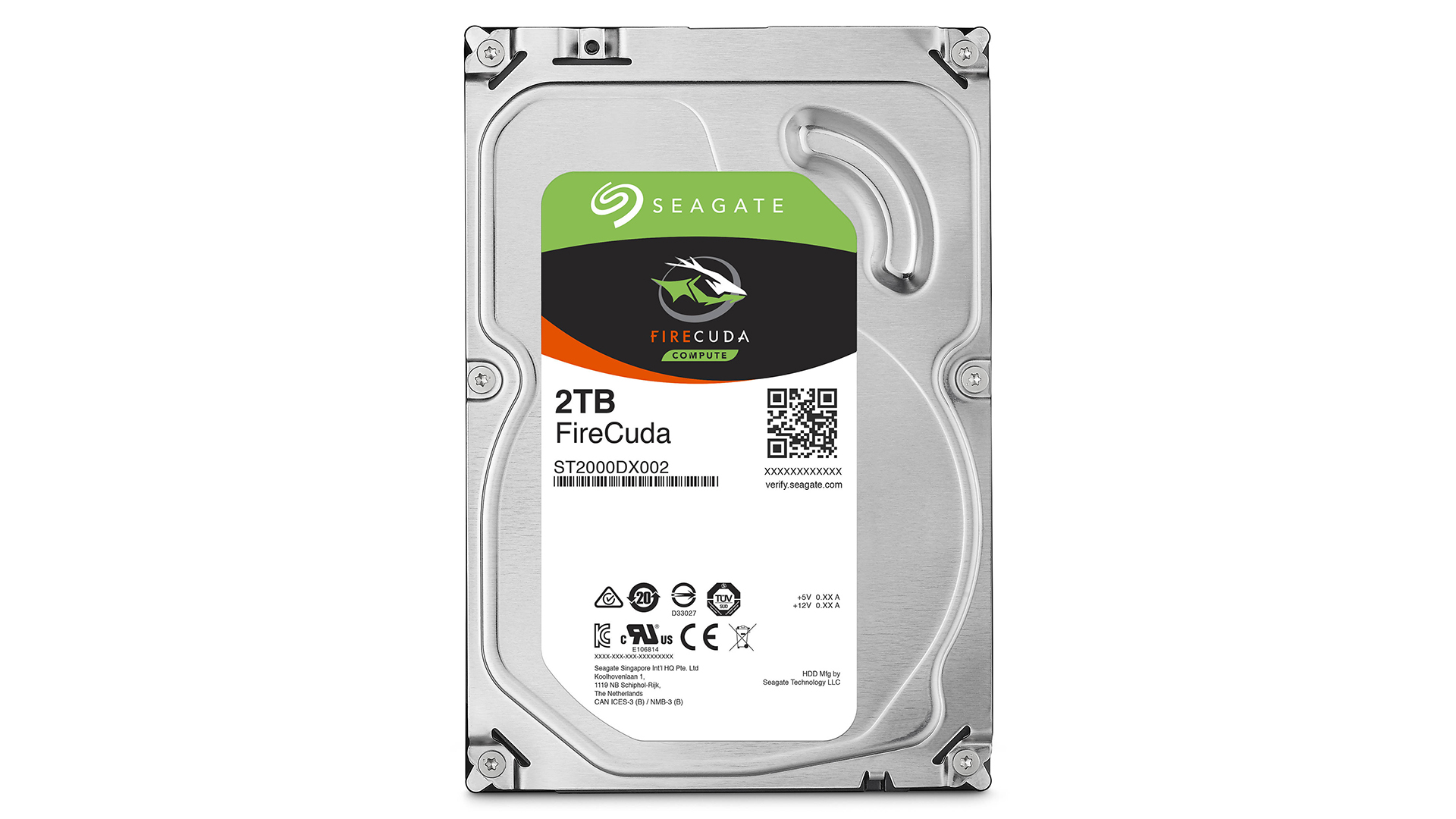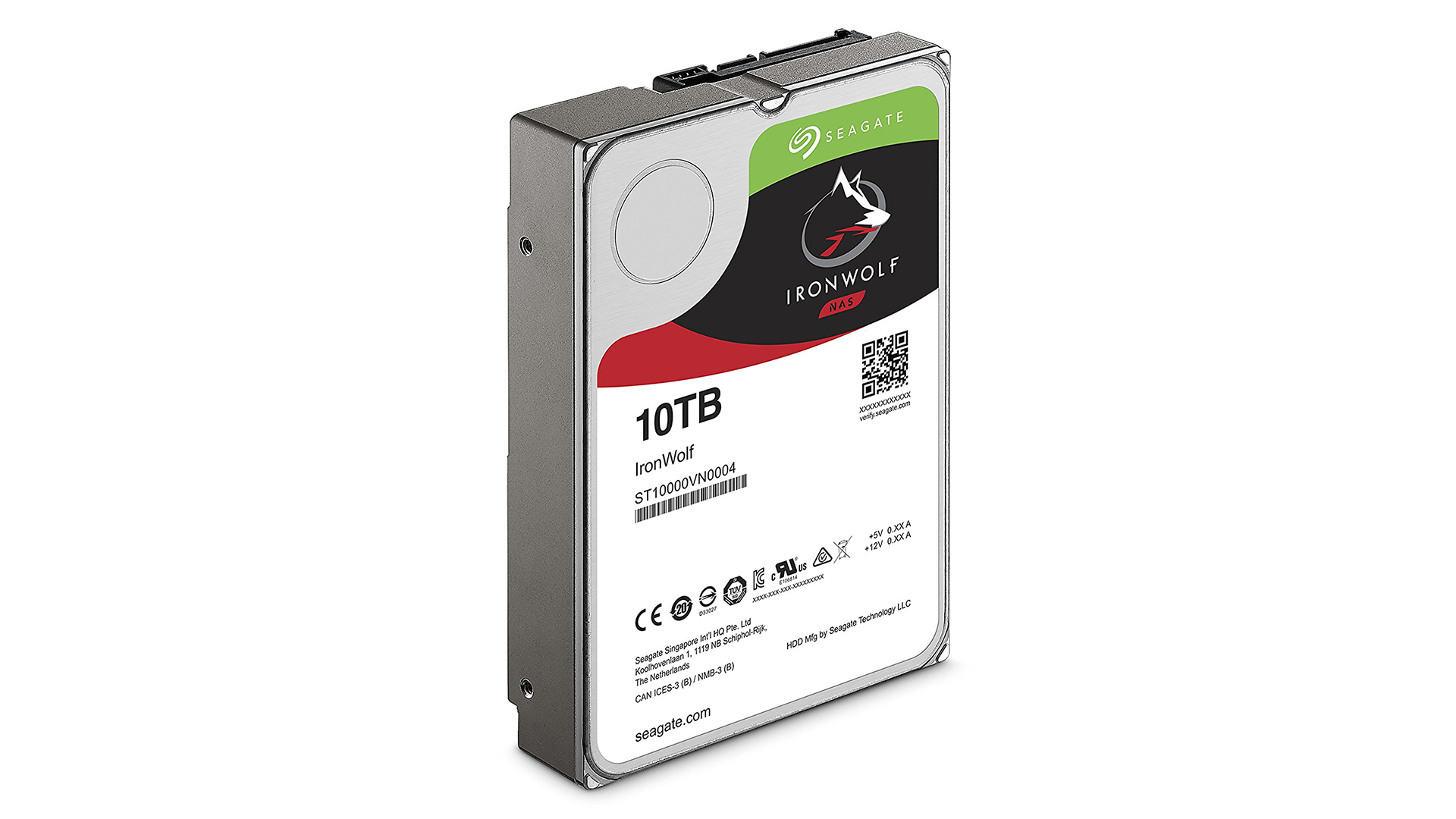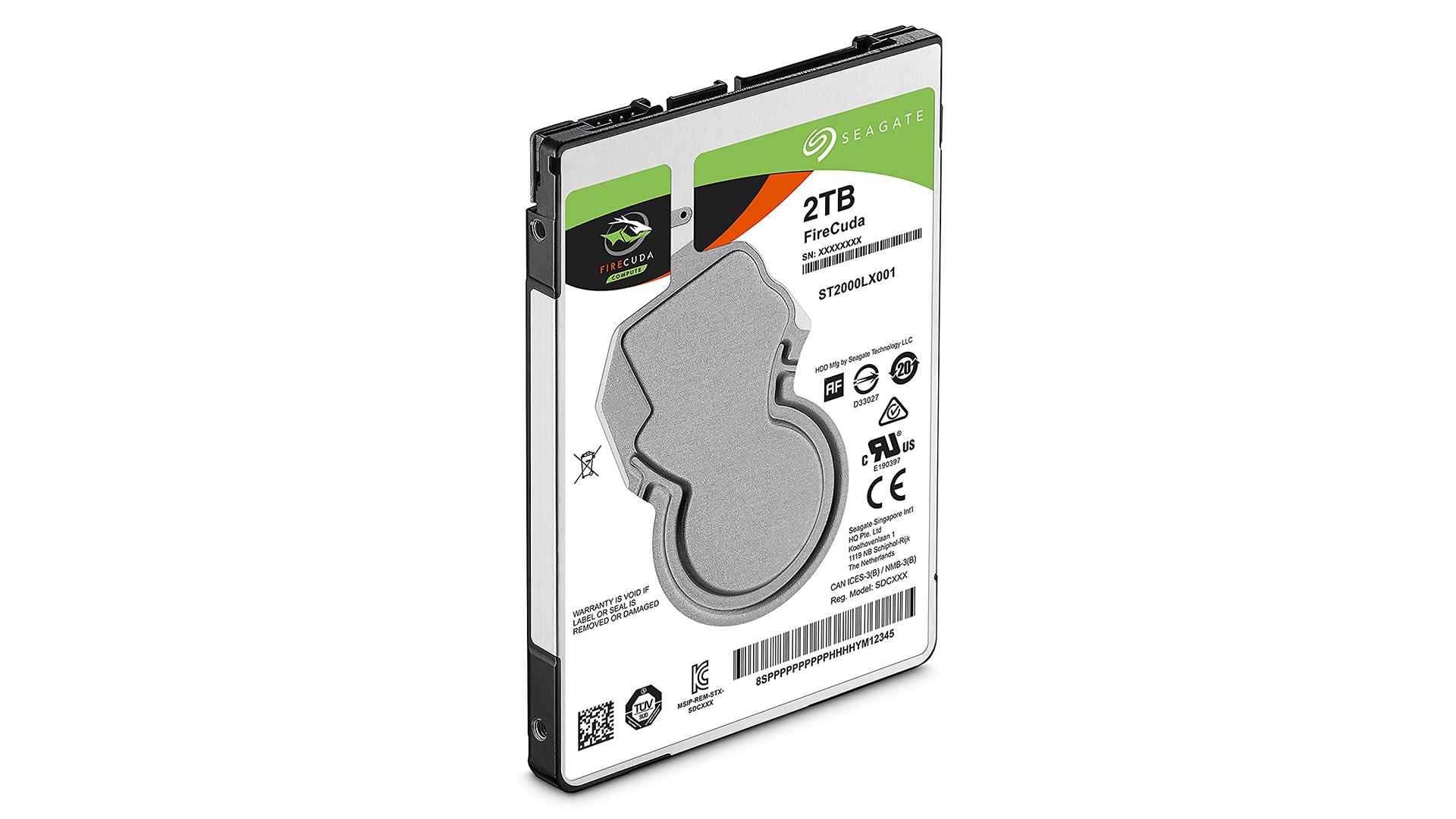At the beginning of 2019, AMD had a lot to respond to. Nvidia was still the king of the graphics hill with its RTX 20-series, and Intel similarly had the CPU space covered with many of the best processors thanks to powerful single-core performance.
But, this has been a year for change, and AMD embraced that. AMD launched a slew of new products this year, and shook up the market in a way we haven’t seen in a long while. It’s now coming out on top in a number of hardware matchups against its rivals, and is showing serious momentum that could make 2020 an even more impressive year.
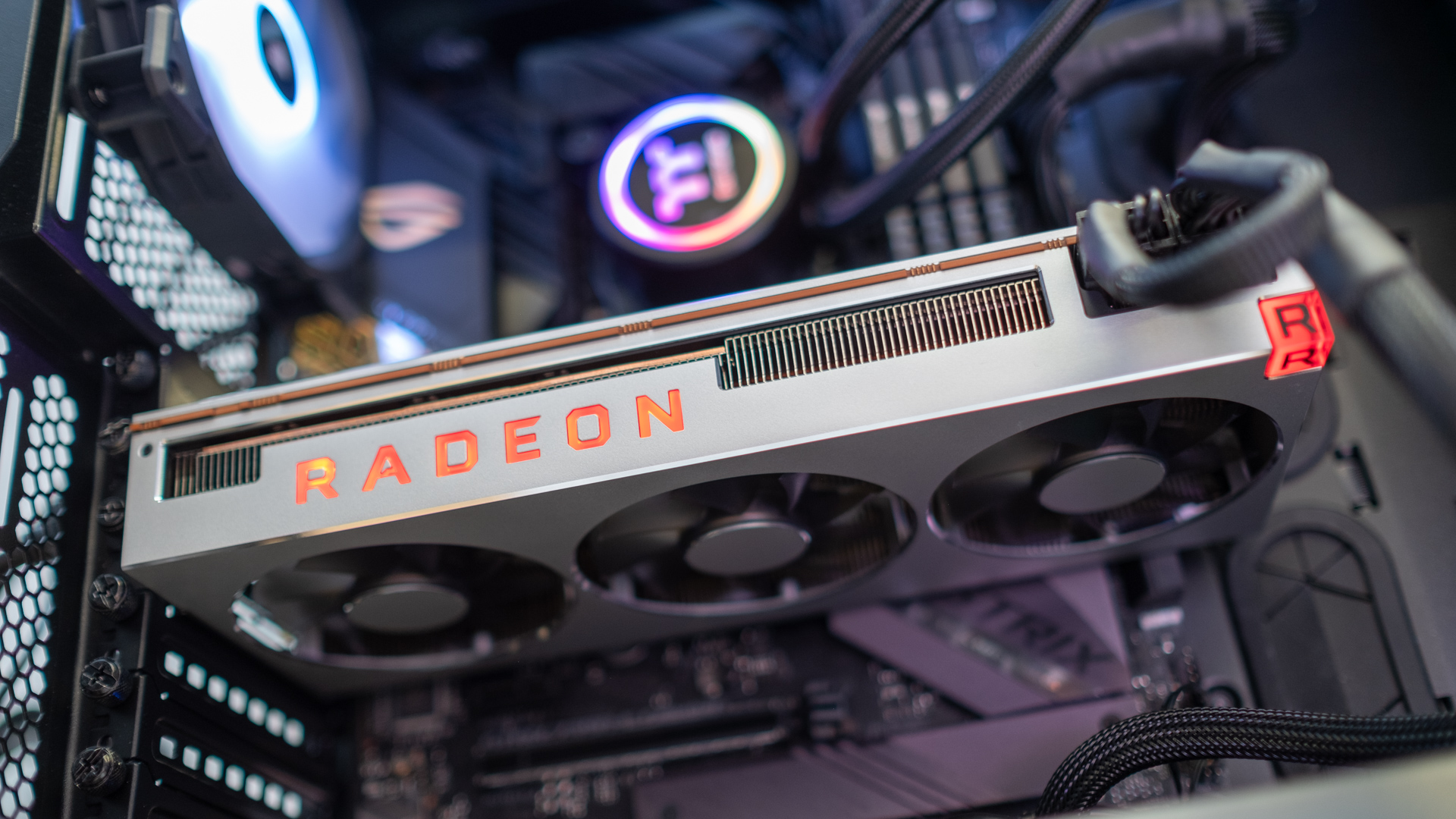
AMD in early 2019:
AMD started 2019 with something of a bang. At CES 2019, we not only learned a little bit more about the Ryzen 3000 processors that would be coming, but AMD also introduced the first consumer 7nm graphics processors in the AMD Radeon VII.
The new Radeon VII was the answer to Nvidia that AMD fans had been waiting for, at least kind of. It couldn't offer performance that could keep up with Nvidia’s best consumer graphics card, the Nvidia GeForce RTX 2080 Ti, but instead rivaled the slower RTX 2080. And, the card’s 7nm architecture likely played a part in the cards ability to also run cooler than the Nvidia RTX cards we tested, helping dispel the long-running impression that AMD products run hot - though some still do.
The Radeon VII may not have been the card to rule all graphics cards, but it was an impressive entry from AMD at a fair price point of $679 (about £540, AU$970) at launch, which seated it below the price of an Nvidia GeForce RTX 2080. That was good news for gamers, and even better new for creatives who could take advantage of the insane 16GB of HBM2 VRAM.
That price-to-performance win was just the first hint of things to come from AMD later in 2019.
AMD also had something to show in the mobile space in early 2019 with the introduction of 2nd Gen Ryzen Mobile processors. It released several models, all with integrated graphics, for mobile devices that tended to feature in more affordable laptops than Intel counterparts. A few months later, AMD also introduced new Ryzen Pro mobile processors. However, in light of AMD’s imminent 7nm architecture, all of these mobile processors were a little less exciting on account of their 14nm architecture.

All the cores and all the power
The events that would make 2019 the year of AMD began to unfold in July, when AMD launched its first Ryzen 3000 processors. The new CPUs were built on the 7nm Zen 2 architecture, a move which proved to allow AMD to offer substantially more performance while maintaining similar thermal profiles to the Ryzen 2000 processors before them.
The Ryzen 3000 party kicked off hard, with affordable CPUs that were scoring big in performance benchmarks. These new processors quickly rocked the consumer CPU market, knocking Intel out of many spaces in our picks for best CPU.
At mid-range, the Ryzen 5 3600 and 3600X became true champs, especially where gaming is concerned, toppling even some of Intel’s best CPUs in gaming benchmarks. The Ryzen 7 3700X also impressed, but the Ryzen 9 3900X and 3950X showed that the mainstream processor market and HEDT market are starting to blur. We saw the Ryzen 9 3950X challenge CPUs twice its price.
These new CPUs also introduced PCIe 4.0 on compatible X570 motherboards, which doubles the possible transfer rates of add-in cards, enabling faster SSDs and graphics. Of course, another perk of AMD’s new lineup of chips is that anyone with a Ryzen system already built could upgrade to one of the new Ryzen 3000 series chips without needing a new motherboard, as AMD has stood by its promise to support the AM4 CPU socket.
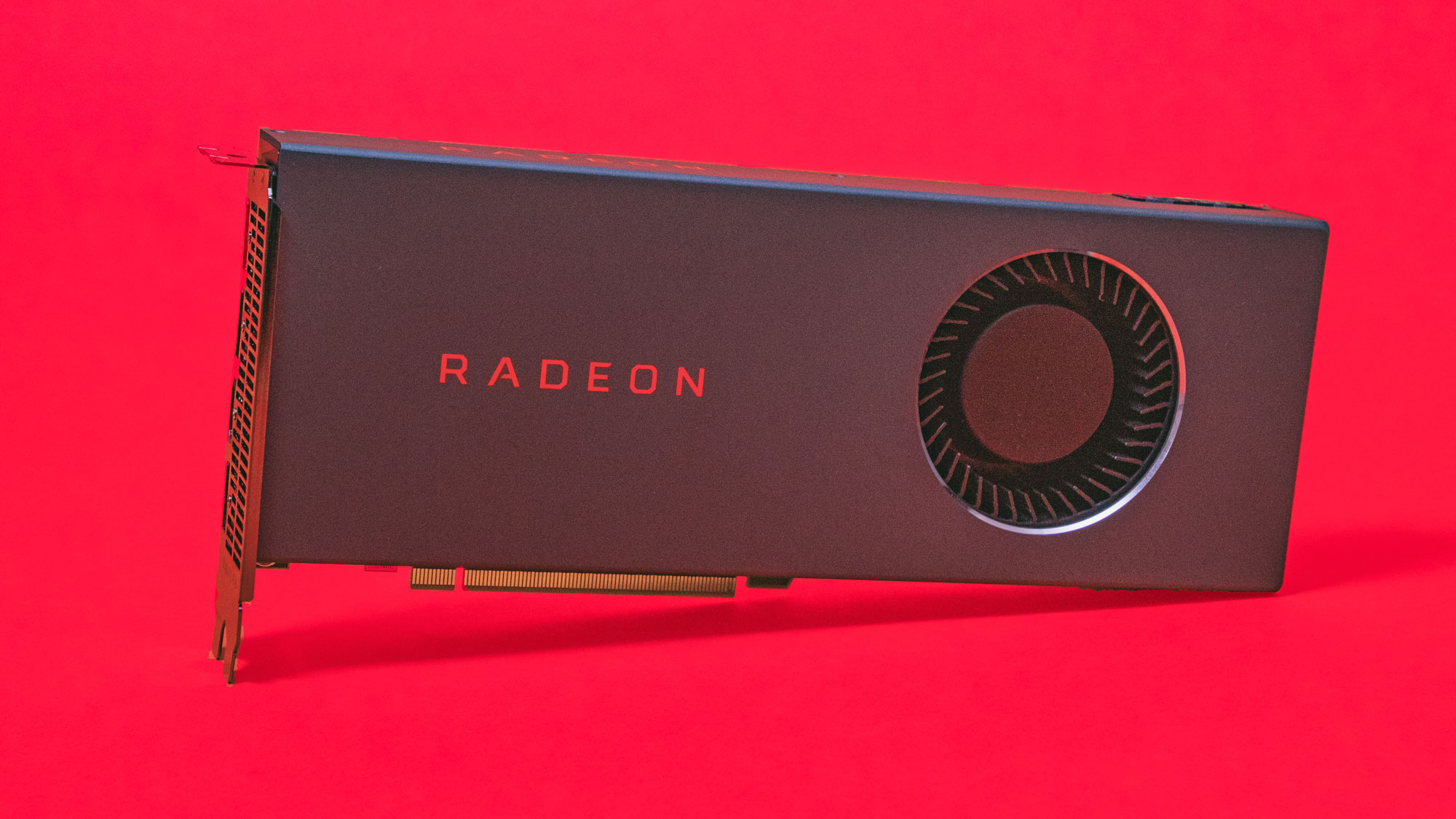
The Radeon bait-n-switch
Shortly after the introduction of the new Ryzen 3000 CPUs, AMD also unveiled its mid-tier Radeon graphics cards, the Radeon RX 5700 and RX 5700 XT. These new cards came in at price points that were below the competing Nvidia GeForce RTX 2060 and 2070. The RX 5700 was initially $379 (about £300, AU$550) and the RX 5700 XT was $449 (about £350, AU$650).
But those initial prices turned out to be a fake out, AMD admitted. They lured Nvidia into introducing the RTX 2060 Super and 2070 Super. Then what did AMD do? It lowered the prices of its brand new cards to $349 (around £280, AU$500) for the RX 5700 and $399 (around £320, AU$570) for the RX 5700 XT, promptly undercutting the new GeForce Super RTX series.
These new cards renewed the tight competition between AMD and Nvidia at almost all levels of the competition. AMD’s older Vega-based graphics processor still had something to offer on the low-end, while the new 7nm chips were competing nearly up to the highest tier for gaming. But, AMD still didn’t come up with an answer to the Nvidia GeForce RTX 2080 Ti.
More recently, AMD introduced its lower-tier Radeon RX 5500 XT, which can muster the performance needed for strong 1080p gaming with low power consumption and a low price. It has proven a competent competitor with Nvidia’s GTX 16-series graphics processors.

Taking the lead
The move to 7nm in both the CPU and GPU department has helped AMD come out on top in a number of ways. It still may lack a challenger to Nvidia’s top mainstream graphics processor, but AMD is offering impressive value against almost everything else Nvidia has to offer, from the GTX 1650 up to the RTX 2080.
AMD’s processor gains are even more impressive. Not only has it shown incredible performance, we’ve seen AMD jump ahead in sales and even break overclocking records. One German retailer sold five times more AMD processors than Intel processors in November, and a similarly high lead in September.
Helping make it clear that Germany isn’t a special exception, the best selling CPU list from Amazon has seen dominated by AMD recently. AMD had a strong hold on eight of the top 10 slots, with the Ryzen 7 2700X landing the top spot followed by the Ryzen 5 2600 and Ryzen 5 3600. At the time of writing, AMD’s hold on that list has even grown, knocking Intel out of the top 10 entirely, with a motherboard curiously landing the 10th slot.
AMD has seen a bump in the Steam Hardware Survey as well. AMD processor now appear in 20.5% of Steam users’ computers, a jump up from 8% two years earlier. The actual percentage could be even higher, as AMD has argued Steam’s survey undercounts AMD systems because individual log-ons at internet cafes would count the same computer multiple times.
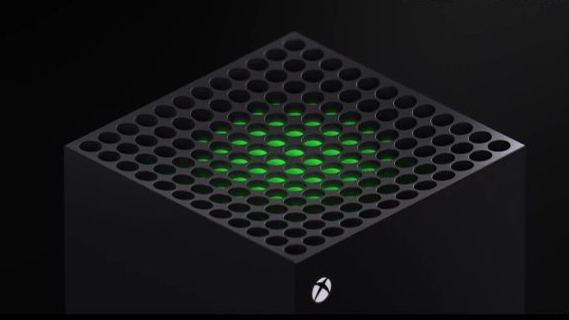
What’s in store for 2020?
All signs point to 2020 being another big year for AMD, as it doesn’t show any signs of losing momentum.
AMD is already done designing Zen 3, and chips based on that architecture are expected in late 2020. Once again, they should work on any motherboard with an AM4 socket, keeping the low barrier of entry for users already running a Ryzen system. The new Ryzen 4000 series may even double the simultaneous multithreading, which could allow a single core to process four threads (never mind that one of AMD’s 16-core processors would then handle 64 threads).
While it may seem like the Ryzen 9 3950X with 16 cores is tipping the scales of what a mainstream processor should be, it’s possible AMD planning even more cores for the mainstream market.
Graphics will hopefully be getting plenty of attention from AMD in 2020 as well. The Radeon VII may be the top competitor the company has, but it’s already reached the end of life. It’s about time for AMD to launch something that can compete at the high end, and CES 2020 would be a great time to do it.
The Radeon VII was launched at CES 2019, and a follow up makes a lot of sense. A new high-end card, this time built around the Navi architecture instead of the Vega used for the Radeon VII, could be just what AMD needs to challenge the best from Nvidia.
At the lower tier, AMD’s graphics processors could get a boost, so to speak, from Radeon Boost. This could make lower-end cards feel more powerful by using adaptive resolution to smooth out frame rates when there’s a lot of movement on screen but hold the full resolution when the scenery is static. But, we may be waiting until 2020 to see if that’s what the feature is.
In-game physics may also get a boost in 2020 with AMD’s FEMFX. The technology shows promise, as materials shatter and tear apart while others melt and deform in realistic ways using multi-core physics processing. While Nvidia blustered about ray-tracing in 2018, AMD could have something far more compelling ahead in FEMFX.
That compelling experience could also find its way to a much wider audience, as 2020 is all set to be another year for AMD to secretly shine in the console space. Both the Xbox Series X and PlayStation 5 are expected to launch in 2020, and they’ll have AMD hardware powering the experience.
If 2019 looked like a good year for AMD, 2020 appears to hold just as much promise - if not more.






